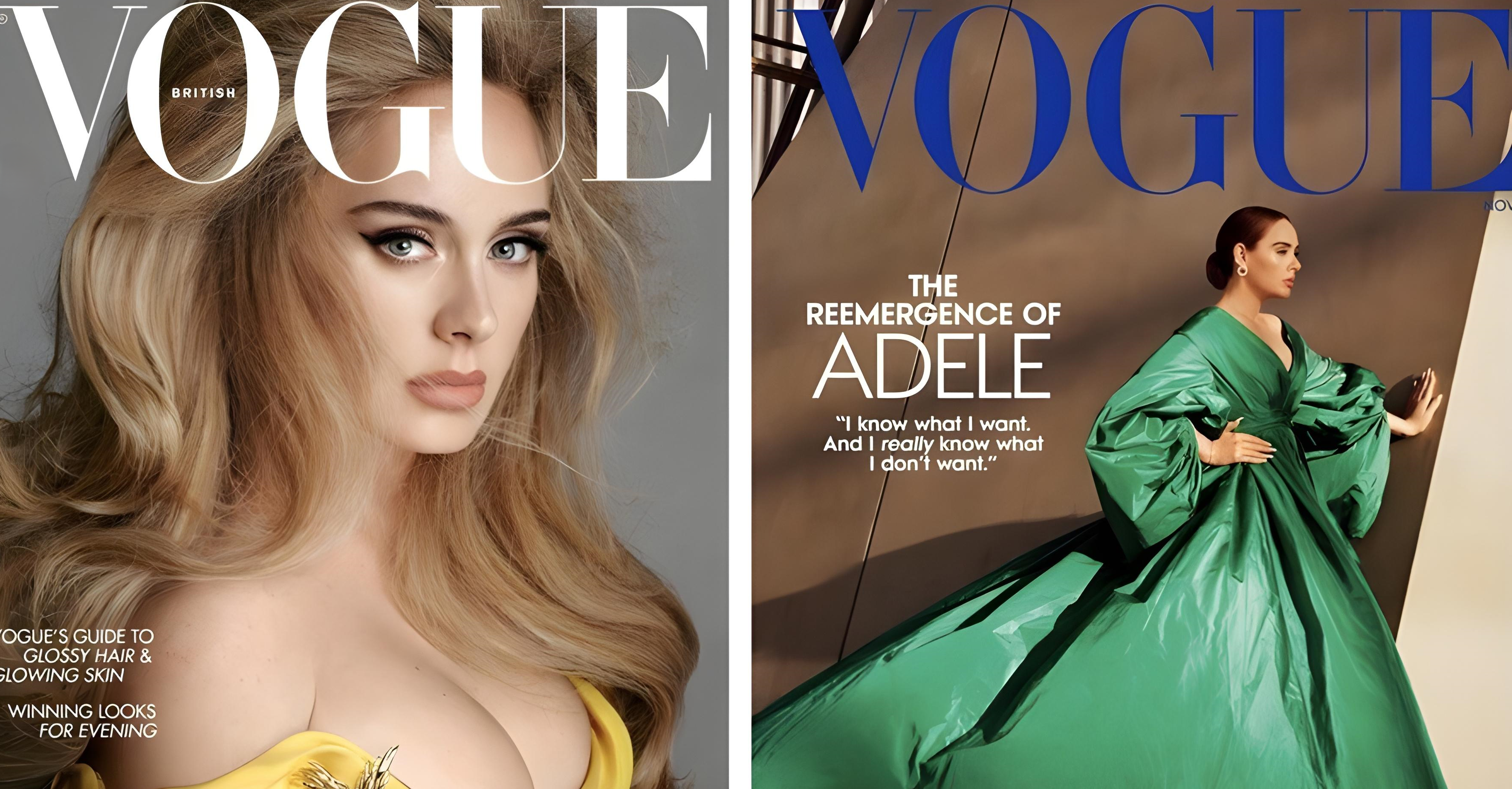The Sports Illustrated Swimsuit Edition is one of the most iconic and widely recognized publications in the world. For decades, it has been a symbol of beauty, athleticism, and pop culture, featuring some of the most stunning models, athletes, and celebrities. But how did this edition come to be? What is its cultural significance? And how has it evolved over the years? Let’s dive into the history of the Sports Illustrated Swimsuit Edition, tracing its journey from its humble beginnings to its status as a cultural phenomenon.
The Birth of an Icon
The Sports Illustrated Swimsuit Edition made its debut in 1964, but its origins were far humbler than the phenomenon it would eventually become. At the time, Sports Illustrated was looking for a creative way to fill the slow news cycle during the winter months, when major sporting events were few and far between. The idea? A special photo spread featuring models in swimwear, shot in exotic locations. It was intended as a one-time filler—just something to hold readers’ interest between the more traditional sports coverage.
What no one expected was how wildly popular the feature would become. Readers were captivated not only by the beauty of the models but also by the breathtaking backdrops and fashion-forward swimwear. The fresh, eye-catching visuals gave the magazine a buzz that hadn’t been there before. This wasn’t just a gimmick anymore; it was a moment. It tapped into something much bigger—aspiration, escapism, and a touch of glamor that resonated across audiences far beyond typical sports fans.
Over the next few years, the Swimsuit Edition evolved from a small section into a full-blown standalone issue. It quickly gained a reputation for pushing boundaries, both artistically and culturally. The photographs became bolder, the settings more adventurous, and the models increasingly famous. It was no longer just about the swimwear; it was about storytelling, fantasy, and creating a new kind of visual experience that blurred the lines between sports journalism and pop culture.
By the late 1960s and early 1970s, the Swimsuit Edition had already carved out a unique identity. It wasn’t just an annual tradition—it had become an event. With each passing year, the buzz grew louder, and what started as a simple filler idea was now a central pillar of the Sports Illustrated brand. The birth of this icon was proof that sometimes, the most groundbreaking ideas come from trying to solve a simple problem.
The Early Years (1964–1970s)
| Year | Cover Model | Significance | Location | Notable Facts |
| 1964 | Babette March | First-ever Swimsuit Edition cover; marked the launch of the idea | Cozumel, Mexico | An experimental filler feature during the winter sports lull |
| 1965 | Sue Peterson | Reinforced the concept with more refined photography | Bahamas | Used more dynamic poses and brighter visuals |
| 1966 | Sunny Bippus | Continued the annual tradition with growing reader interest | Puerto Rico | Readers began to look forward to the yearly issue |
| 1970 | Cheryl Tiegs | First appearance of one of the most iconic SI models | Hawaii | Her natural look captivated audiences; she’d later grace more covers |
| 1975 | Cheryl Tiegs | Solidified her place in pop culture history with another famous appearance | Seychelles | Her see-through white swimsuit image became iconic |
The 1980s: The Rise of Supermodels
The 1980s transformed the Sports Illustrated Swimsuit Edition from a popular feature into a full-blown cultural obsession. Here’s a detailed list of why this decade marked such a monumental shift:
- Supermodel Stardom Took Center Stage
The era saw the rise of the supermodel—more than just beautiful faces, these women became household names. Christie Brinkley, Cindy Crawford, and Elle Macpherson weren’t just models; they were icons. Their appearances on SI covers weren’t just photo ops—they were events. - Christie Brinkley’s Historic Run
Christie Brinkley made history in this decade by being the first model to appear on the cover three years in a row (1979, 1980, 1981). Her vibrant, sun-soaked image became a symbol of the Swimsuit Edition’s fresh, carefree spirit. - The Emergence of Elle “The Body” Macpherson
Elle Macpherson became one of the most recognized faces of the magazine. Nicknamed “The Body,” her athletic, statuesque look resonated with audiences and redefined beauty standards. She would go on to grace the cover a record five times during her career. - Introduction of High-Fashion Photography
The 1980s brought a shift in visual style. Photographers like Walter Iooss Jr. infused a high-fashion editorial aesthetic into the shoots, merging the worlds of sports, travel, and fashion in ways never seen before. - Luxury and Exoticism Became Standard
Gone were the days of simple beach shoots. Locations expanded to luxurious, remote, and jaw-dropping destinations: Fiji, Kenya, Bali, and the Seychelles became canvases for these visual stories. Readers weren’t just looking at models; they were daydreaming about paradise. - Growing Influence on Fashion Trends
The swimsuits featured in each edition began to shape actual fashion trends for summer. Designers took cues from what appeared in SI, and the edition began to influence what women would wear on beaches around the world. - Record-Breaking Sales and Popularity
With each new issue, circulation climbed. By the end of the decade, the Swimsuit Edition was outselling regular Sports Illustrated issues by millions, proving just how central it had become to the brand’s identity.
Cultural Impact and Pop Culture Status
The Sports Illustrated Swimsuit Edition gradually grew from a seasonal feature into a powerful force in global pop culture. Over time, it became more than just a showcase of beautiful women in exotic locations—it turned into a conversation piece that reflected and often challenged society’s ideals of beauty and femininity. Its annual release became a media event, sparking discussions across television, newspapers, and now social media, about who would be featured and what that choice said about the current cultural moment.
One of the edition’s most powerful legacies lies in its role in pushing boundaries around beauty standards. As the years passed, the magazine slowly began featuring models who defied the conventional norms of the fashion industry. From different ethnicities and nationalities to various shapes, sizes, and backgrounds, the Swimsuit Edition took on a more inclusive approach. This shift wasn’t just cosmetic—it sent a clear message that beauty doesn’t fit into a single mold, and it gave visibility to people often left out of mainstream media.
A defining moment came in 2016 when Ashley Graham appeared on the cover. As a plus-size model, her presence marked a dramatic and necessary shift in the fashion landscape. Her cover was more than a feature—it was a milestone in body positivity, affirming that confidence and allure have no size limit. The moment wasn’t just impactful for readers; it reverberated across the fashion industry and became a reference point for future campaigns embracing body diversity.
In more recent years, the Swimsuit Edition has continued to expand its representation. Figures like Halima Aden, the first model to wear a hijab in the magazine, and Jasmine Sanders, one of the first Black women to grace the cover, demonstrated the brand’s commitment to inclusivity. These choices reflected the evolving values of a more diverse audience and showcased the magazine’s willingness to evolve with the times. The Swimsuit Edition no longer merely mirrored pop culture—it actively helped shape it.
The Evolution of Photography and Location Choices
| Decade | Key Locations Featured | Photography Advancements | Notable Photographers | Cultural or Visual Highlights |
| 1960s | Florida, Mexico, Bahamas | Basic film cameras, natural lighting | Jay Maisel, Jerry Schatzberg | Focus on casual, sunlit beach scenes with minimal staging |
| 1970s | Hawaii, Brazil, Canary Islands | Introduction of color saturation techniques | Walter Iooss Jr., John Zimmerman | Emphasis on vibrant colors and exotic, tropical backdrops |
| 1980s | Seychelles, Fiji, Kenya | Improved lenses, sharper resolution | John G. Zimmerman, Paul Lange | Shift toward storytelling through setting and more styled shoots |
| 1990s | Maldives, South Africa, Alaska | Underwater photography, aerial views | Antoine Verglas, Russell James | Inclusion of environmental drama and model integration with landscapes |
| 2000s–2020s | Dubai, Bali, Iceland, Australia | Digital HD, drones, post-production editing | Yu Tsai, Ben Watts, Ruven Afanador | Cinematic compositions, drone shots, and greater artistic experimentation |
Iconic Covers Over the Years
- Christie Brinkley’s Historic Run (1979–1981)
Christie Brinkley wasn’t just a model—she became the face of a generation. From 1979 to 1981, she graced the cover three years in a row, a record at the time and a move that catapulted her to supermodel stardom. Her sun-kissed charm and infectious smile defined the look of the Swimsuit Edition in that era, and she became one of the most beloved models in the magazine’s history. - Kathy Ireland’s Fan-Favorite Cover (1989)
Kathy Ireland’s cover in 1989 wasn’t just a hit—it became one of the best-selling issues of all time. Posing in a turquoise string bikini against a dreamy tropical backdrop, Ireland radiated confidence and poise. That single image helped launch her into pop culture status and even played a role in kickstarting her career as an entrepreneur later in life. - Cindy Crawford’s Classic Debut (1993)
The 1993 cover marked Cindy Crawford’s debut on the front of Sports Illustrated’s Swimsuit Edition. Wearing a minimalist black one-piece, her elegance and powerful gaze gave the cover a fresh but timeless feel. That image not only symbolized the sophistication of the early ’90s but also helped establish Crawford as a household name worldwide. - Tyra Banks Breaks Barriers (1997)
In 1997, Tyra Banks made history as the first African-American woman to appear solo on the cover. Her radiant pose and confident expression were more than just beautiful—they were groundbreaking. The cover became an instant classic and inspired a new generation of models who finally saw themselves represented in mainstream media. - The 50th Anniversary Spectacle (2014)
Celebrating five decades of iconic swimsuit moments, the 2014 cover brought together Nina Agdal, Lily Aldridge, and Chrissy Teigen in one powerful image. Shot on the beach with playful poses and a nostalgic energy, the cover paid homage to the magazine’s roots while showcasing the modern beauty standard. It wasn’t just a cover—it was a tribute to the entire legacy of the Swimsuit Edition.
The Digital Age and Social Media Influence
As the world shifted into the digital age, the Sports Illustrated Swimsuit Edition followed suit, evolving its presence beyond print. No longer limited to newsstands, the Swimsuit Edition began to build a powerful online identity. Through websites, behind-the-scenes videos, and interactive content, the magazine managed to stay relevant in an increasingly fast-paced, image-driven world.
With the explosion of social media platforms like Instagram, Twitter, and TikTok, the reach of the Swimsuit Edition expanded dramatically. Models featured in the magazine became influential figures in their own right, amassing millions of followers and building personal brands that went far beyond the pages of a magazine. The ability to tease content, share exclusive footage, and directly engage with fans gave the Swimsuit Edition a dynamic and ever-growing presence online.
A major innovation in this digital evolution was the launch of the #SISwimSearch competition. This initiative opened the door for aspiring models from around the world to submit photos and videos through social media. It removed traditional gatekeeping and allowed fresh talent to emerge purely through public engagement and digital exposure. Several winners from this search have gone on to have thriving modeling careers, some even becoming recurring faces in future issues.
By embracing digital trends and creating opportunities through social platforms, the Sports Illustrated Swimsuit Edition successfully redefined its cultural relevance. It is no longer just an annual magazine—it’s a year-round online movement that taps into beauty, diversity, and empowerment, all powered by modern technology and the voices of its global audience.





